Quartz, automatic or manual-wound? Different watch movements explained
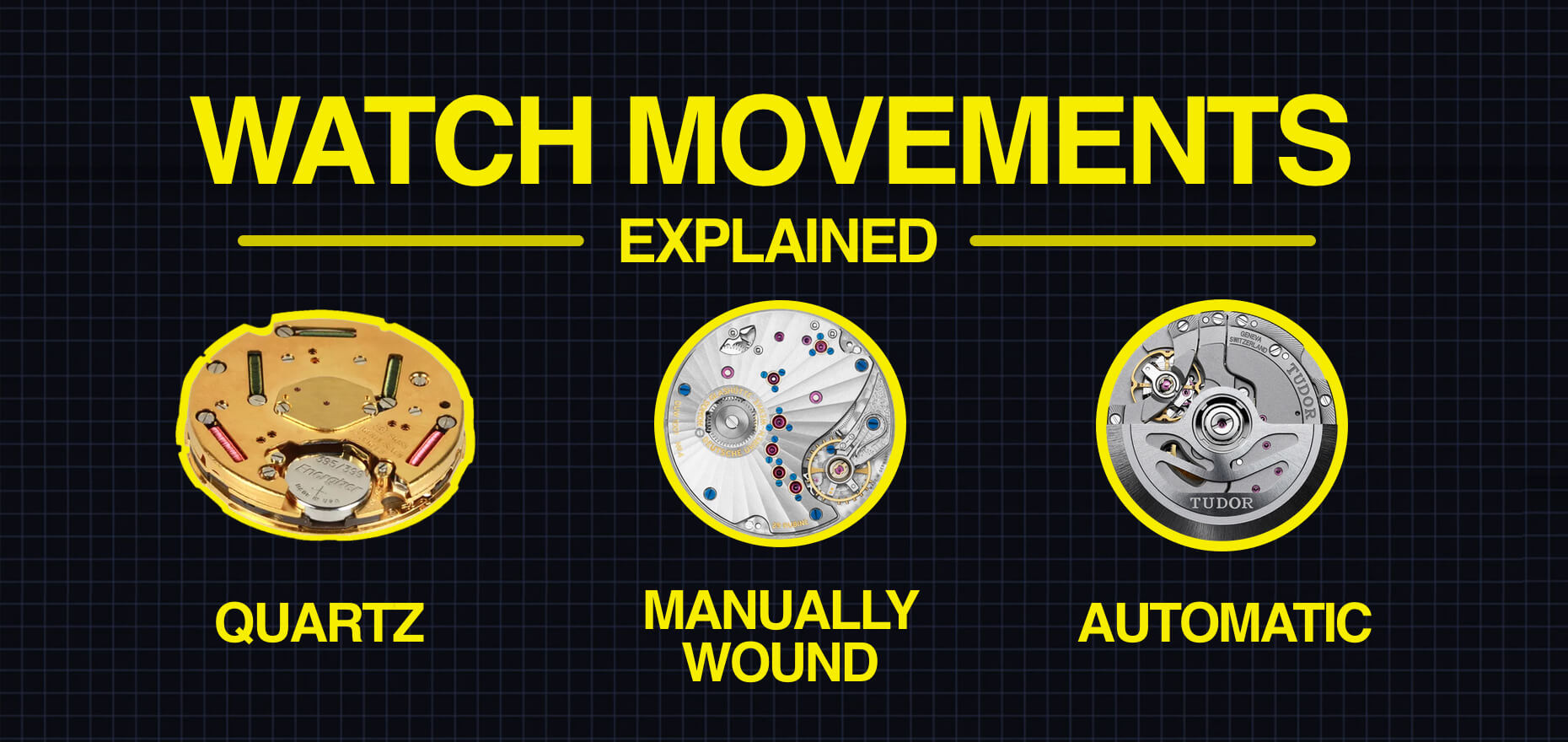

Quartz or mechanical? Opinions have long been divided on this question in the watch community. As so often in life, the answer is: It depends!
Ultimately, it depends entirely on what you value and what you intend to do with your wristwatch. This makes choosing a new watch as personal as choosing a new car or even just a new t-shirt.
Unfortunately, we can’t make this decision for you – as much as we would like to. What we can do, however, is to briefly and precisely point out the similarities and differences between the different types of movements, so that you can then make up your own mind.
Quartz watches, i.e. watches that draw their energy from a built-in battery, are considered pragmatic: They show the time very precisely and for a very long time. In addition, they do not have many moving parts inside, which usually makes them fairly affordable. Does all of this sound too good to be true?
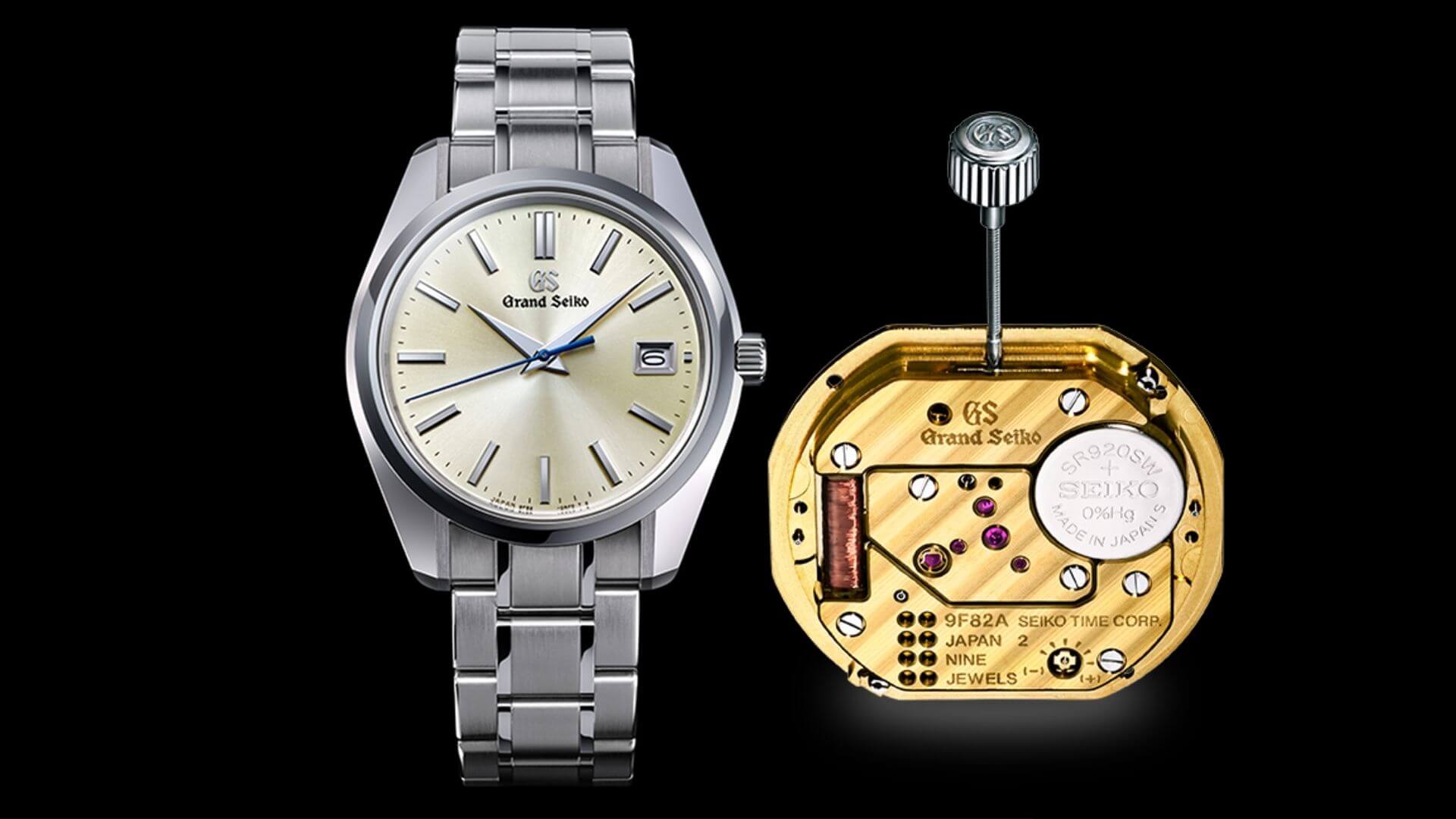
Well, quartz watches are mostly a means to an end these days, i.e. showing the time. Also, fashion brands have long since discovered this market for themselves, so that quartz watches often have to serve as fashion accessories, less as technical marvels on one’s wrist.
While there are also battery-powered watches from genuine Haute Horlogerie brands like Patek Philippe or F.P.Journe, quartz watches usually lack the horological artistry and technical sophistication to make a watch fan’s heart skip a beat.
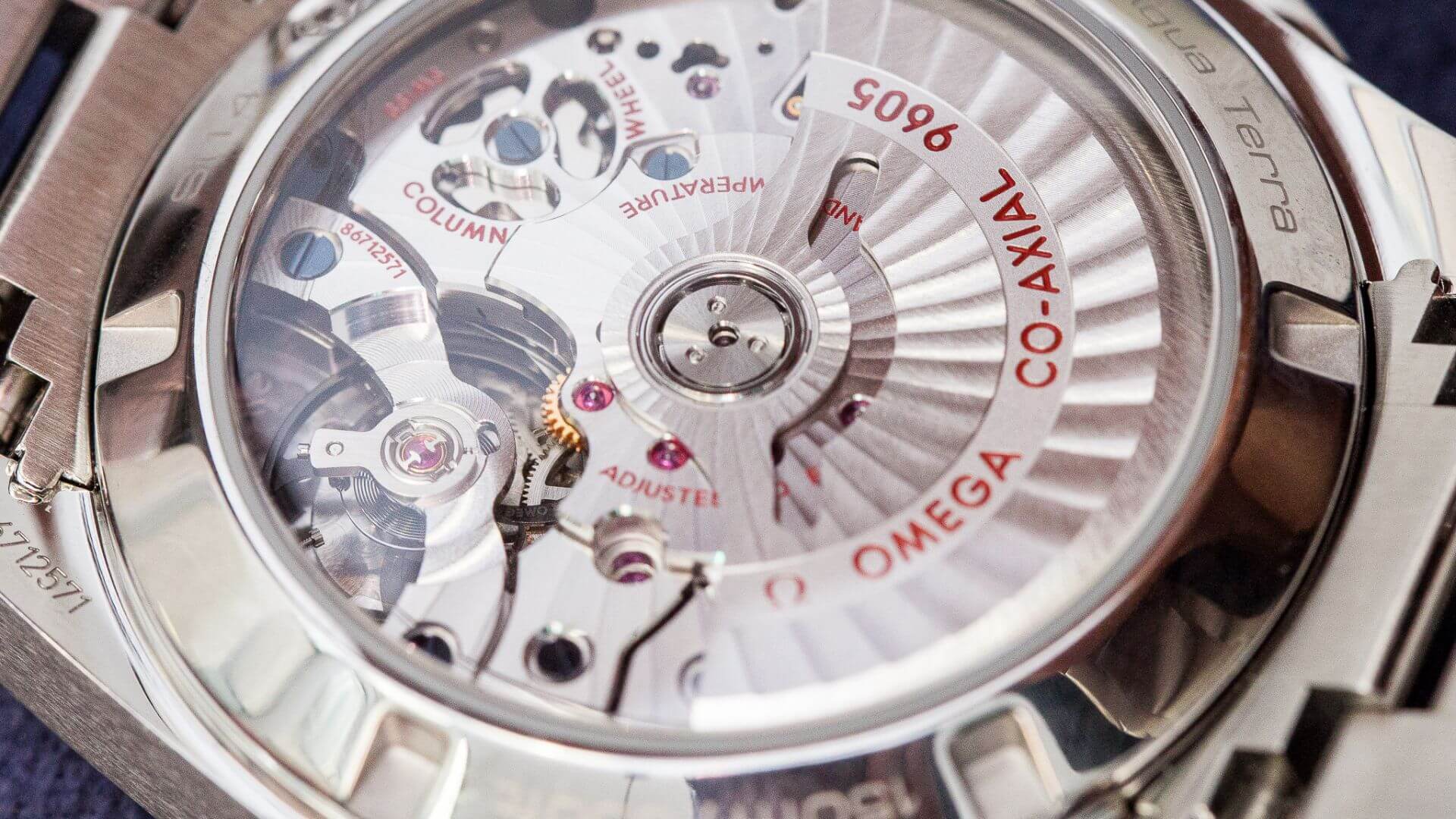
Lovers of high-end luxury watches therefore usually swear by mechanical watches. These can be divided into two categories: automatic (or self-winding) and manual-wound (or hand-wound). Unlike most quartz watches, these are assembled by hand by experienced watchmakers – piece by piece, screw by screw.
In particular, the interlocking and interplay of the most diverse and tiny components is what brings a grin to the face of technology and watch aficionados alike. Through the handing down of time-honored craftsmanship, coupled with state-of-the-art technology, mechanical watches still enjoy unbroken popularity in the year 2021.
Knowing what different types there are and what makes them tick is one thing. However, if you want to delve deeper into the matter, we recommend that you gain a basic understanding of how the technology works. And guess what? That is exactly what our new video is all about. Enjoy!
By clicking “Accept All Cookies”, you agree to the storing of Strictly Necessary cookies on your device. To enhance site navigation, analyze site usage, and assist in our marketing efforts you can edit the preferences on this menu and accept the Analytics cookies.
Cookie Settings
Accept Cookies
Strictly Necessary. These cookies are necessary for the website to function and cannot be switched off in our systems. They are usually only set in response to actions made by you which amount to a request for services, such as setting your privacy preferences, logging in or filling in forms.
Analytics Cookies. These cookies allow us to count visits and traffic sources, so we can measure and improve the performance of our site. All information these cookies collect is aggregated and therefore anonymous. If you do not allow these cookies, we will not know when you have visited our site.




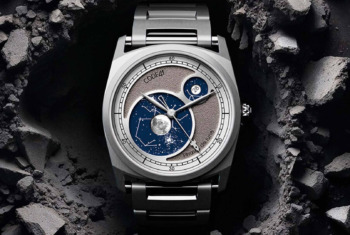
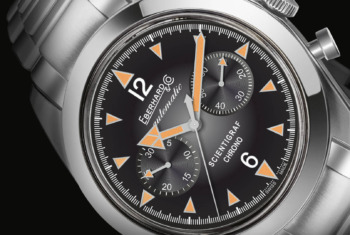
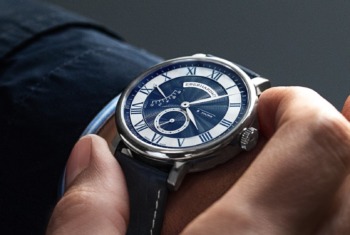
Nicely animated video! Nothing new for me, but a welcome refresher nonetheless.
I own both types of watches and must say they each have their purpose for me:
Affordable quartz watches for outdoor activities, automatic watches for the office and dinners out.